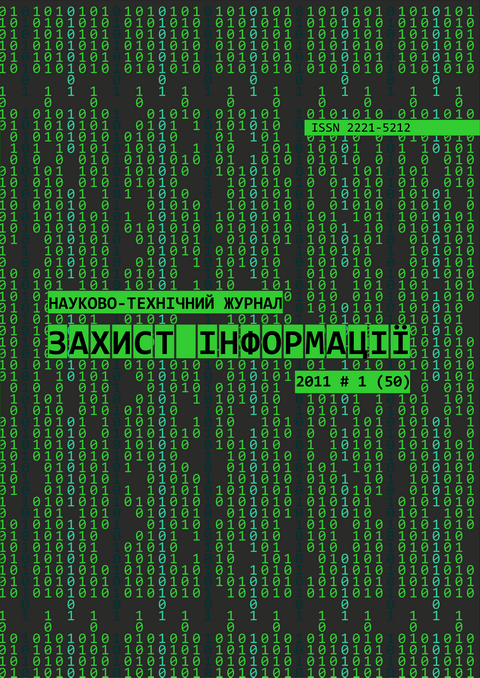ДИНАМІЧНЕ УПРАВЛІННЯ РЕСУРСАМИ ЗАХИСТУ ІНФОРМАЦІЇ
DOI:
https://doi.org/10.18372/2410-7840.13.1997Abstract
Розглянуто принципи динамічного управління ресурсами захисту інформації, метою якого є досягнення оптимального розміру інвестицій в інформаційну безпеку і оптимального моменту інвестування. Приведено приклад, в якому порівнюються результати попереднього розподілу ресурсів між об’єктами захисту інформації і адаптивного розподілу, коли ресурси вносяться після першого нападу. Проаналізовано умови, при яких доцільно застосовувати адаптивне управління, і ситуації, в яких воно дає найкращі результати.References
Tatsumi Ken:ichi, Goto Makoto, Optimal timing of information security investment: A real options approach. – WEIS July 21, 2009.
Böhme, Moor, The iterated weakest link: A model of adaptive security investment. — WEIS, London, 24 June 2009.
Левченко Є.Г., Рабчун А.О., Оптимiзацiйні задачі менеджменту інформаційної безпеки. — НТЖ "Сучасний захист інформації», №1, 2010, с.16:23.
Gordon L.A., Loeb M.P., The economics of information security investment. – ACM transactions on information and system security, 5(2002), p.438:457.
Downloads
Issue
Section
Articles
License
Authors who publish with this journal agree to the following terms:- Authors retain copyright and grant the journal right of first publication with the work simultaneously licensed under a Creative Commons Attribution License that allows others to share the work with an acknowledgement of the work's authorship and initial publication in this journal.
- Authors are able to enter into separate, additional contractual arrangements for the non-exclusive distribution of the journal's published version of the work (e.g., post it to an institutional repository or publish it in a book), with an acknowledgement of its initial publication in this journal.
- Authors are permitted and encouraged to post their work online (e.g., in institutional repositories or on their website) prior to and during the submission process, as it can lead to productive exchanges, as well as earlier and greater citation of published work (See The Effect of Open Access).

